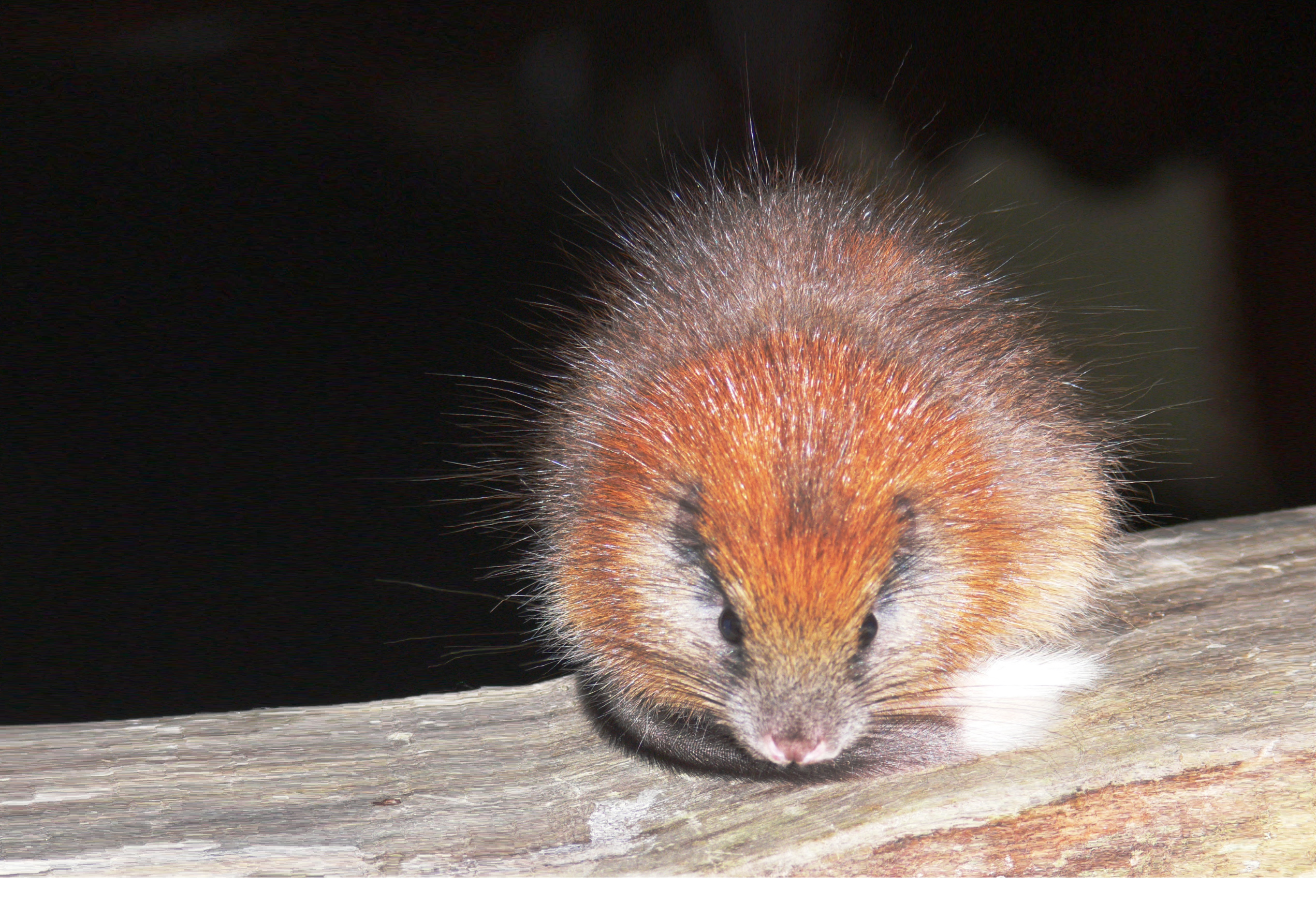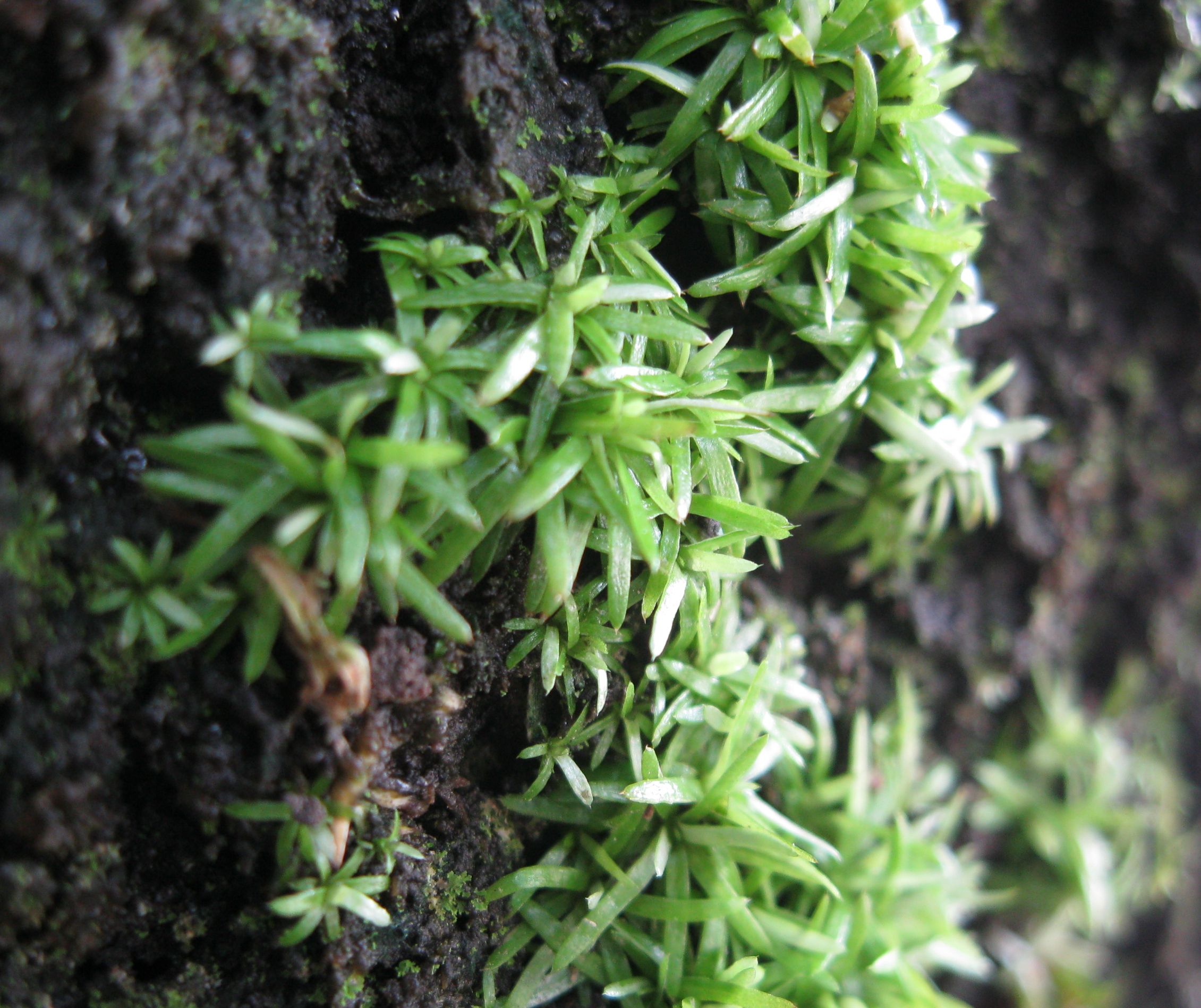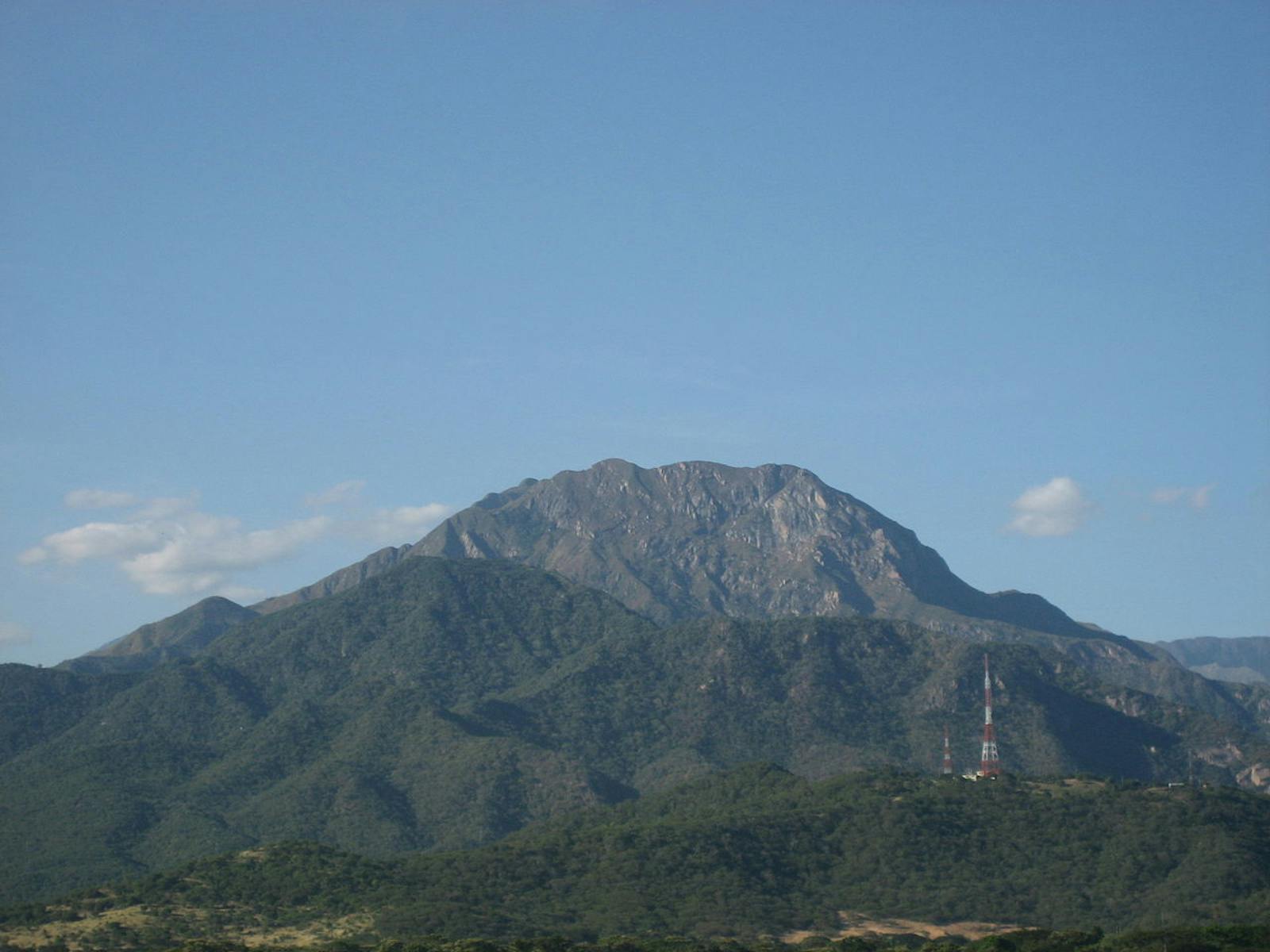Santa Marta Montane Forests
The ecoregion’s land area is provided in units of 1,000 hectares. The protection goal is the Global Safety Net (GSN1) area for the given ecoregion. The protection level indicates the percentage of the GSN goal that is currently protected on a scale of 0-10.
Bioregion: Venezuelan Coast (NT23)
Realm: Southern America
Ecoregion Size (1000 ha):
480
Ecoregion ID:
499
Conservation Target:
100%
Protection Level:
5
States: Colombia
The critically endangered red-crested tree rat has only ever been seen a handful of times within its restricted distribution within the Santa Marta montane ecoregion. This small endemic rodent is nocturnal and arboreal, which makes them difficult to find at night in the treetops of these remote mountains. These elusive, fuzzy, red rodents were last spotted on the railing of an ecolodge in 2011, and despite numerous attempts to find another individual, none have succeeded. Habitat loss, introduced species such as feral cats, and climate change continue to be the primary threats of this and many other range-restricted species in the ecoregion.
The Santa Marta Montane Forest ecoregion lies in northern Colombia in the extreme northwest of South America. This montane ecoregion is a characteristic moist forest; however, it is unique in that it rises on the mountain massif of Santa Marta above very different habitats of xeric scrub and dry forests. It is considered a bio-geographic island that is separated from the Andes Range. The average temperature ranges from 27°C at sea level to 6°C or less along the peak elevations. Rainfall ranges from 1,000–3,000mm per annum, and is highest along the northern slope.
These moist forests of the northern section contain tall trees reaching 35 m including Panama rubber, American muskwood, avocado, and Poulsenia armata at elevation up to 900 m. From 900–1,000m the tree and palm species are smaller including Pithecellobium longifolium, Geomoma oxicarpa, and the fruit bearing palm Euterpe precatoria. Above this elevation cloud forests with high moisture and frequent fogs dominate, leading to tree species of height between 15–35m. Characteristic species are bastard briziletto, Podocarpus oleifolius, Dictyocarium lamarckianum, and the evergreen bamboo Chusquea tuberculosa.

The flagship species of the Santa Marta Montane Forests ecoregion is the red-crested tree rat. Image credit: Courtesy of Lizzie Noble/ProAves Colombia
These mountain forests have many endemic species of plants and animals. Two endemic genera of plants include Castenedia and Kirkbridea. The flowering plant family Melastomataceae has 13 endemics in this ecoregion. Birds are common throughout the region, such as keel-billed toucan, black-chested jay, bay-headed tanager, and crested guan. Endemics include Santa Marta whitestart, white-tailed starfrontlet, the endangered Santa Marta parakeet and black-backed thornbill, and the critically endangered Santa Marta wren.
Restricted range amphibians include the Pristimantis cristinae frog found throughout montane habitats in Colombia and the endemic Pristimantis tayrona, Pristimantis ruthveni, and Walker’s Sierra frogs. Common mammals include white-lipped peccary, Colombian tapir, agouti, paca, and red howler monkey.
Much of the natural habitat of this ecoregion has been destroyed. The largest intact areas are along the northern slopes of the Santa Marta. Notable protected areas in or overlapping the ecoregion include Sierra Nevada de Santa Marta National Park/Biosphere Reserve, Cogui–Arsario Arhuaco indigenous reserve, El Dorado Nature Reserve and Tayrona National Park. Several of these protected areas lack effectiveness as their vegetation continues to be cleared.

Octoblepharum moss. Image credit: Bramadi Arya, Creative Commons
The low-lying wet forest has been highly affected by the opening of areas for settlements and the growing of marijuana and cocoa. Moreover, extensive cattle pastures, firewood collection, and the timber industry are leading to habitat loss. The cattle pastures are often maintained by harmful annual burnings of the vegetation. Higher elevations along mid-mountain strips have been cleared for coffee production. Hunting has reduced the populations of large mammals, particularly jaguar, puma, and ocelot for their skins and their potential to harm local livelihoods preying on livestock and poultry. Grave looting is another driver of habitat deterioration as it attracts the opening of forest areas where pre-Columbian archaeological remains are found, often leading to road development and improved access for collection of natural resources.
The priority conservation actions for the next decade will be to: 1) implement effective management and staffing measures in protected areas, particularly to maintain connectivity between these montane forests and surrounding lowland rainforest and dry forest ecoregions; 2) promote a balanced use of natural resources into the cultural and industry sectors including wildlife friendly solutions for coffee and other montane crops; and 3) work more closely with indigenous groups to commonage resources between user groups.
Citations
1. Carbono, E. 2019. Northern South America: Northern Colombia https://www.worldwildlife.org/ecoregions/nt0159 Accessed June 23, 2019.
2. Strattersfield, A.J., M.J. Crosby, A.J. Long and D.C. Wege. 1998. Endemic bird areas of the World: priorities for biodiversity conservation. BirdLife International, Cambridge, UK.
3. Hernandez-C., J.; A. Hurtado, R. Ortíz, and Walschburger. 1992 b. Centros de endemismo en Colombia. En: Halfter (Comp.). La diversidad biológica de Iberoamérica I. Acta Zoológica Mexicana: 176-190.




